Choose the Right Ski Pole Size: Find the Right Length for Your Ski Adventures
March 25, 2025 | Advanced Skiing Tips, Skiing, Skiing Tips, Skis, Uncategorized
Whether you’re carving down groomed slopes or venturing into deep powder, your ski pole size can make or break your day on the mountain. From maintaining balance to executing clean turns, choosing the right ski pole isn’t just a detail—it’s a key part of performance, comfort, and safety. This guide will help you find the right ski pole length, understand pole size options, and decode materials like aluminium and carbon poles. If you’re trying to choose ski gear wisely, this article will help you make the right call.
Why Does Ski Pole Size Matter?
The right ski poles don’t just complete your gear setup—they play a direct role in your performance. A pole that’s too long or too short throws off your balance and posture on the slope, especially during pole planting or navigating through deep powder conditions.
When you choose the right ski pole, you’ll improve control, reduce fatigue, and make turning more efficient. For beginners and experts alike, the right ski pole length helps you keep your hand, elbow, and forearm at the correct height, forming a 90° angle—a simple but essential benchmark.
How to Choose the Right Ski Pole Length?
To choose the right length, stand straight with your ski boots on, hold the pole upside down underneath the basket, and see if your elbow forms a 90° angle. If it does, you’re likely holding the right poles.
The length of the pole should also be based on your height. A quick size chart can help you get a starting point. For example:
- 5’2” (157 cm) = 115 cm poles
- 6’0” (183 cm) = 130 cm poles
Still, this is just a starting point. Adjust slightly depending on your skiing style or whether you’re ski touring or skiing on groomed slopes.
Best Way to Measure Ski Pole Size
Using a tape measure, measure the distance from the ground to your armpit while wearing ski boots. This is roughly your ideal ski pole size. Another popular method is using the angle rule: your elbow is bent at 90° while holding the pole.
The pole size can also be trial-and-error if you’re renting or buying in-store. In that case, ask staff to help you perform the 90-degree angle check. Remember, choosing the right pole length now saves you from poor posture or discomfort later on.
Are Adjustable Ski Poles Worth It?
Adjustable telescopic poles offer flexibility for changing terrain and activities like backcountry skiing or ski touring. These adjustable poles are ideal if you’re moving from flat trails to deep snow, where a longer pole may give you more push.
With adjustable or telescopic poles, you can adjust the length to your needs and even stow them away during a climb. This makes them ideal for skiers who enjoy a range of mountain adventures, especially in variable conditions where poles are needed in different configurations.
Types of Ski Poles Are Available
There are several types of poles to consider depending on your needs:
- Fixed-length poles: lightweight and durable, great for alpine skiing
- Telescopic poles: adjustable, perfect for touring and varied terrain
- Carbon ski poles: ultra-lightweight and strong
- Aluminium poles: common and cost-effective, made from aluminium alloy
Each type serves a different skier. If you prefer backcountry or freeride skiing, go with adjustable poles. If you like resort days on groomed slopes, fixed-length poles made of aluminium or carbon work just fine.
How Does Your Skiing Style Affect Pole Choice?
Your skiing style dictates how much importance to place on ski poles. For example:
- In alpine skiing, poles assist with timing and rhythm
- In ski touring, they provide balance and an extra push during ascents
- In freeride, poles help you navigate deep powder conditions
Pole length should match your movement. A shorter pole might be better for steep ascents, while a slightly longer pole helps on flats. Keep in mind that poles used for cross-country skiing are much longer to provide maximum propulsion.
Role of Ski Pole Baskets
The basket at the end of your ski pole prevents it from sinking far into the snow. There are a few types:
- Small baskets: best for hard-packed snow and groomed slopes
- Large baskets: ideal for deep snow in backcountry areas
- Interchangeable or replaceable baskets: customizable for different snow conditions
Choosing the right ski pole baskets ensures your pole performs correctly. On a powder day, a small basket will disappear under the snow, making your poles useless.
Should You Use Different Poles for Backcountry or Ski Touring?
Yes, you should. For backcountry skiing and ski touring, adjustable poles are ideal. You’ll often be climbing, traversing, and descending—each of which requires a different ski pole length.
These ski touring poles are typically made of aluminium or carbon, with larger baskets for deep snow. Some are even designed without straps to reduce the risk of injury during a fall in tree-heavy terrain. They can also be stowed away when you don’t need them.
How to Choose the Right Size for Children’s Ski Poles?
Children’s ski poles follow similar rules to adult poles: the elbow should form a 90° angle when holding the pole upside down. However, comfort and confidence matter more than perfect sizing for beginners.
Some ski poles for children come with adjustable options, allowing room for growth. Consider the right size not just by height, but also by how confident the child is on the slope and how much control they can manage with poles.
Materials Ski Poles Made Of?
Ski poles are made from a few primary materials:
- Aluminium: Durable and cost-effective. Many beginner and intermediate poles are made of aluminium or aluminium alloy, offering strength and good impact resistance.
- Carbon: Lightweight and stiff. Carbon ski poles are great for advanced skiers and racers looking to shave off weight.
- Composite: A mix of both, combining the benefits of lightness and resilience.
Ski poles are often designed with ergonomic grips and padded straps to keep your hand comfortable even after hours on the slope. Some models feature curved poles for aerodynamics or speed.
Final Thoughts
Finding the right ski pole length might seem like a small detail, but it plays a major role in your skiing experience. From helping you keep your balance to improving turn initiation and rhythm, well-sized ski poles are essential for both comfort and performance. Whether you’re cruising on groomed slopes, tackling a backcountry line, or heading out on a ski touring adventure, the correct pole size ensures you’re moving efficiently and safely. As you build your ski gear setup, don’t treat poles as an afterthought. Consider your height, skiing style, terrain, and preferred materials—like carbon for lightness or aluminium for durability. Use the angle rule, refer to a size chart, and don’t be afraid to go with adjustable poles if your skiing style varies.
In the end, choosing the right ski pole will help you ski with more confidence, conserve energy, and enjoy every run—no matter where the mountain takes you.
More Posts
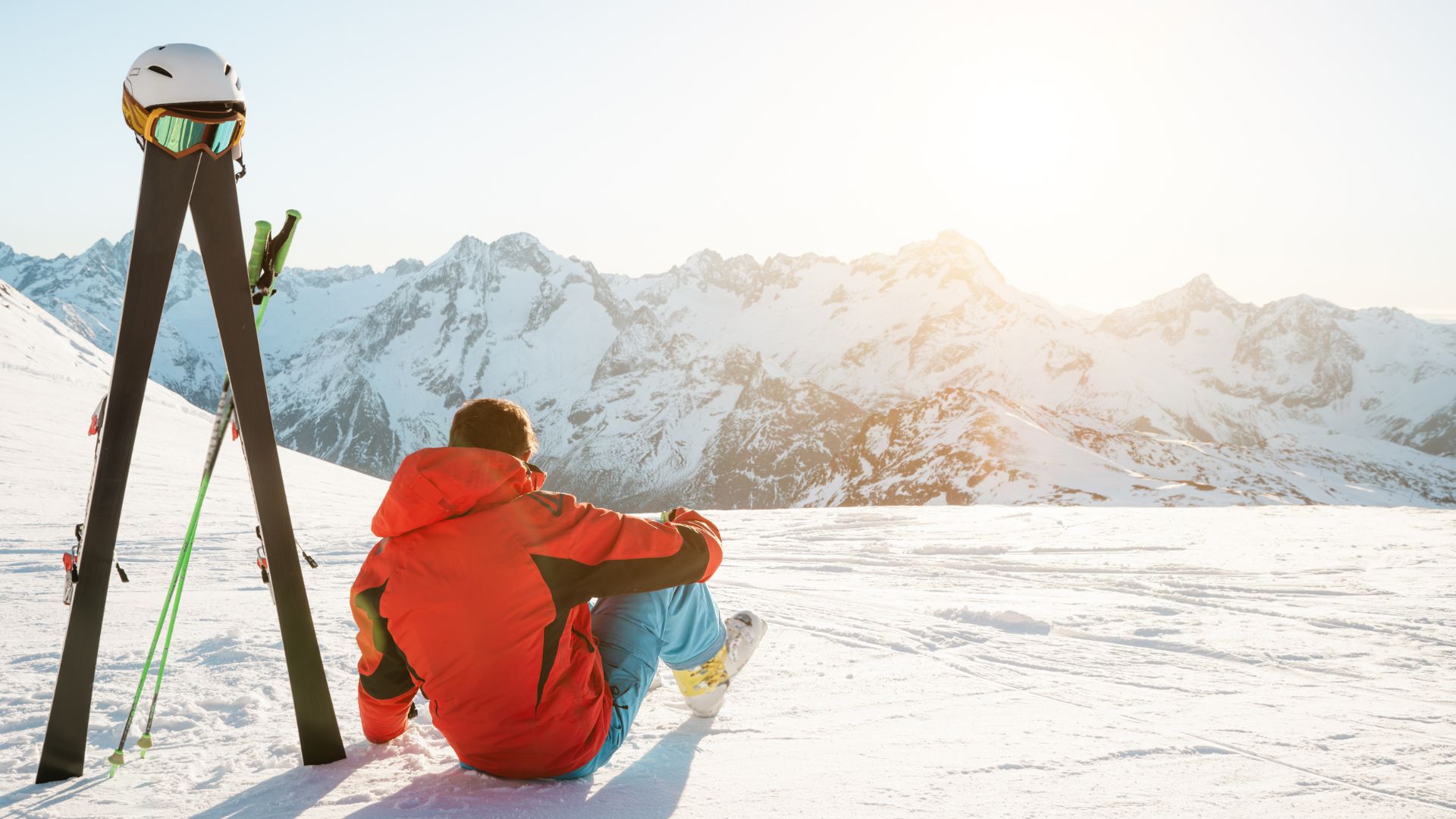
How to Avoid Altitude Sickness While Skiing
Skiing is an exhilarating winter sport, but for many, skiing at high altitude can bring...
read More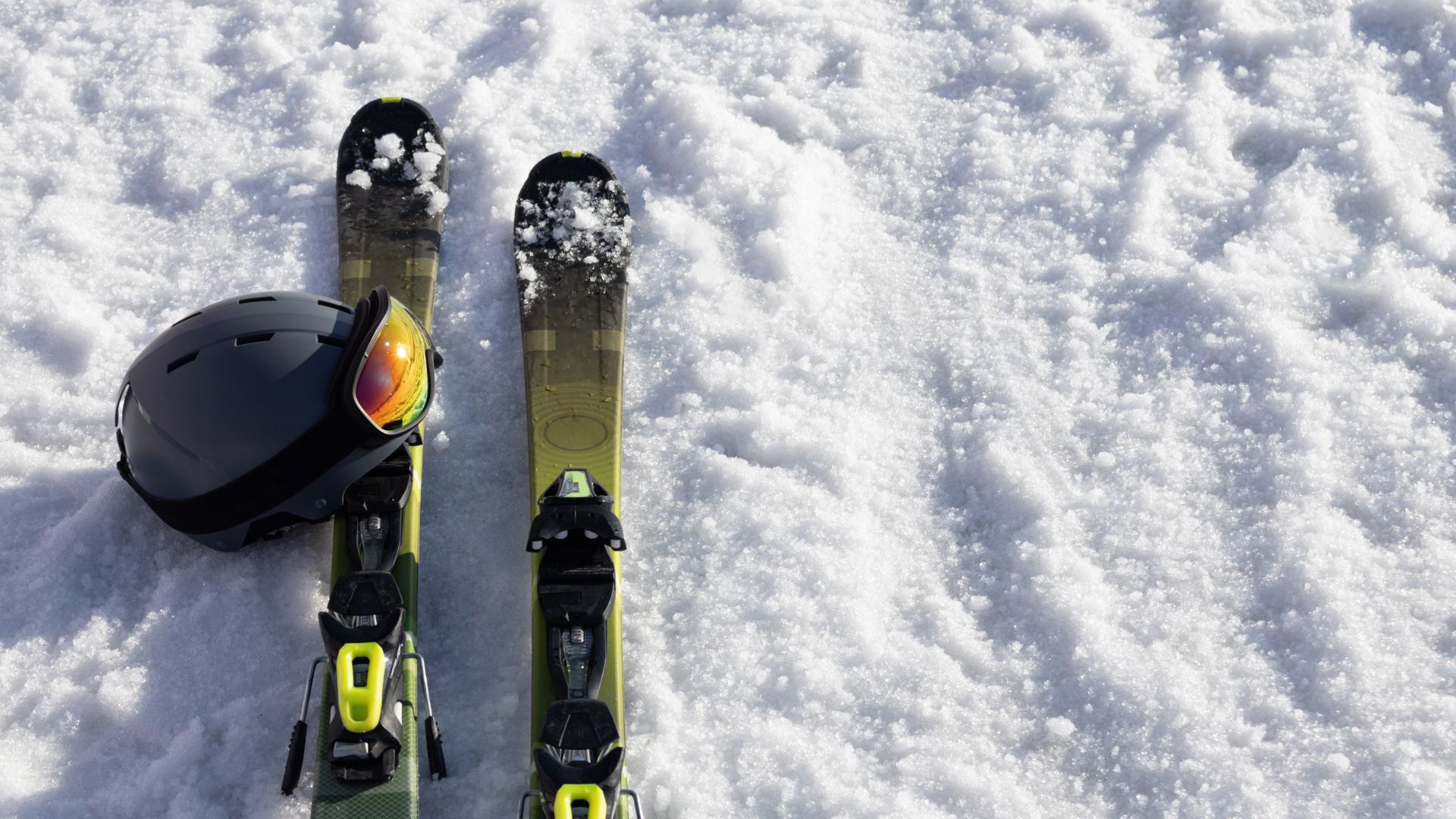
What Are the Best Skis for Beginners? A Complete Guide
If you are new to skiing, you may wonder what are the best skis for...
read More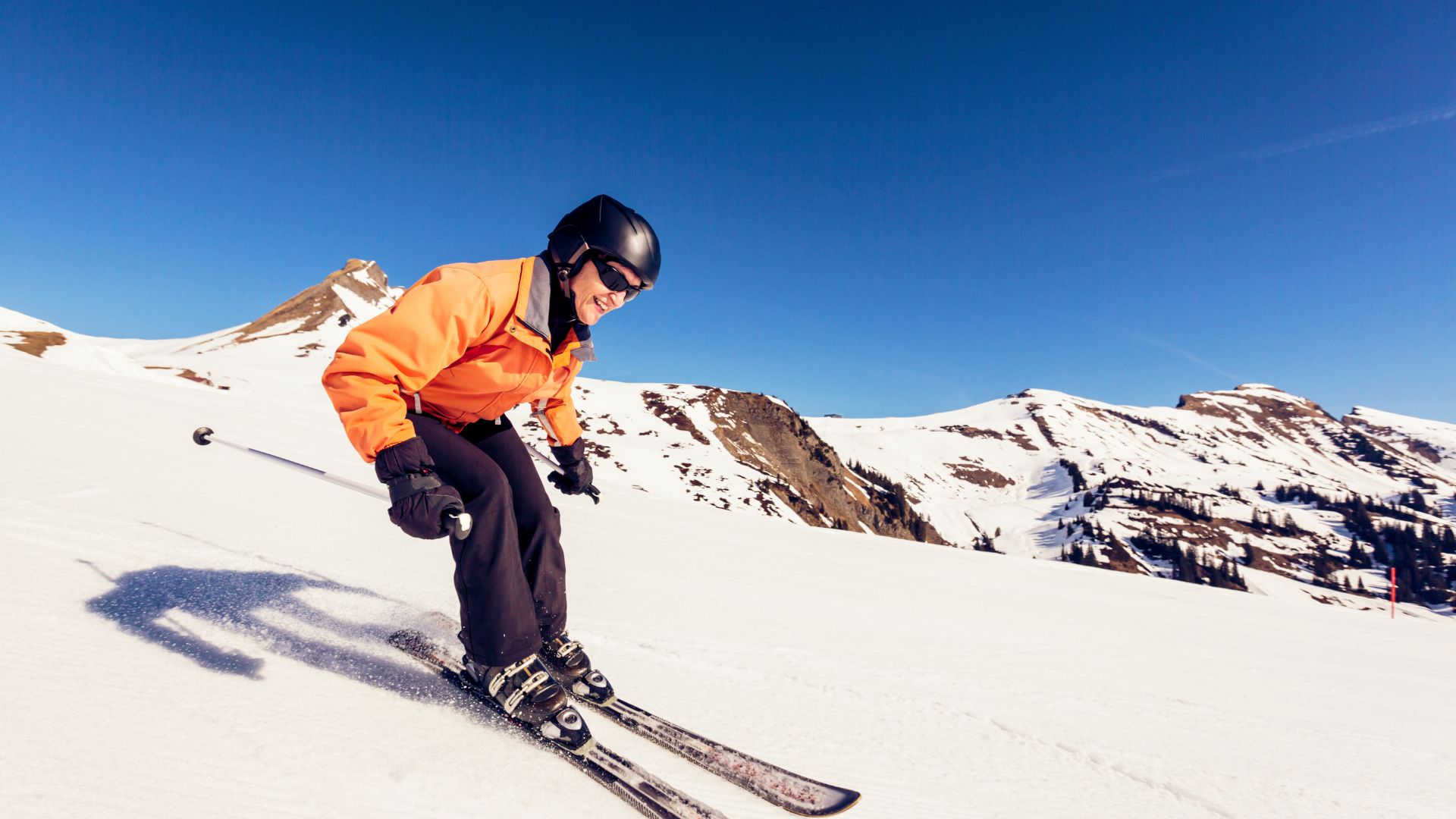
How Has Ski Technology Changed: The Evolution of Modern Skiing
Skiing has evolved immensely since its early days of wooden planks and leather straps. The...
read More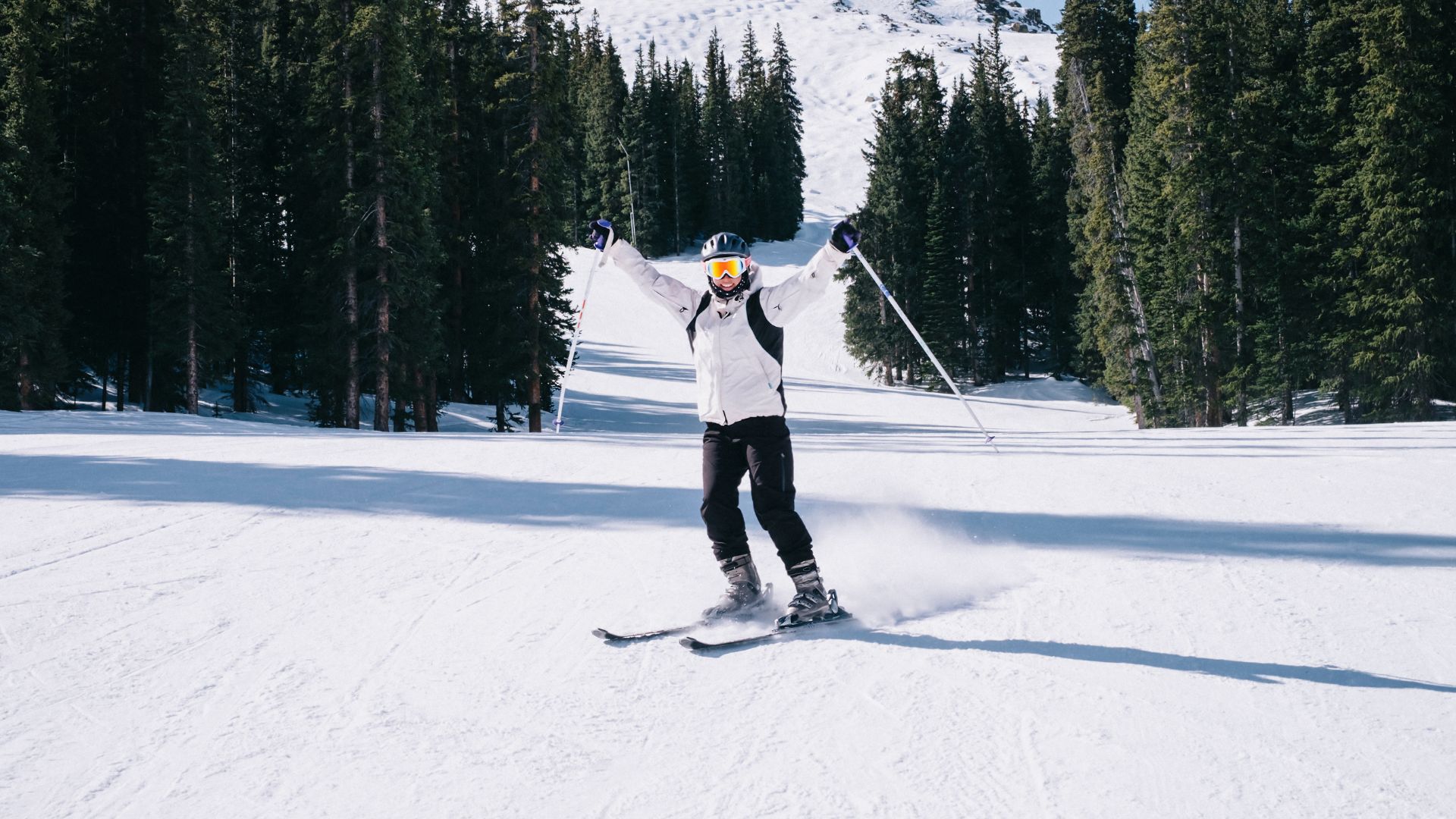
How to Improve Skiing Balance: Expert Tips for Better Control and Confidence
If you’ve ever wondered how to improve skiing balance, you’re already taking a crucial step...
read More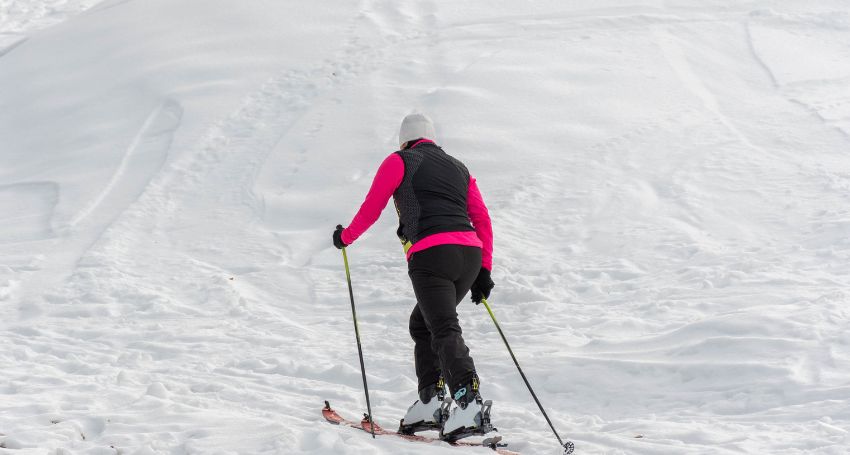
How to Parallel Ski for Beginners: A Complete Step-by-Step Guide
For many novice skiers, mastering how to parallel ski for beginners marks a major milestone...
read More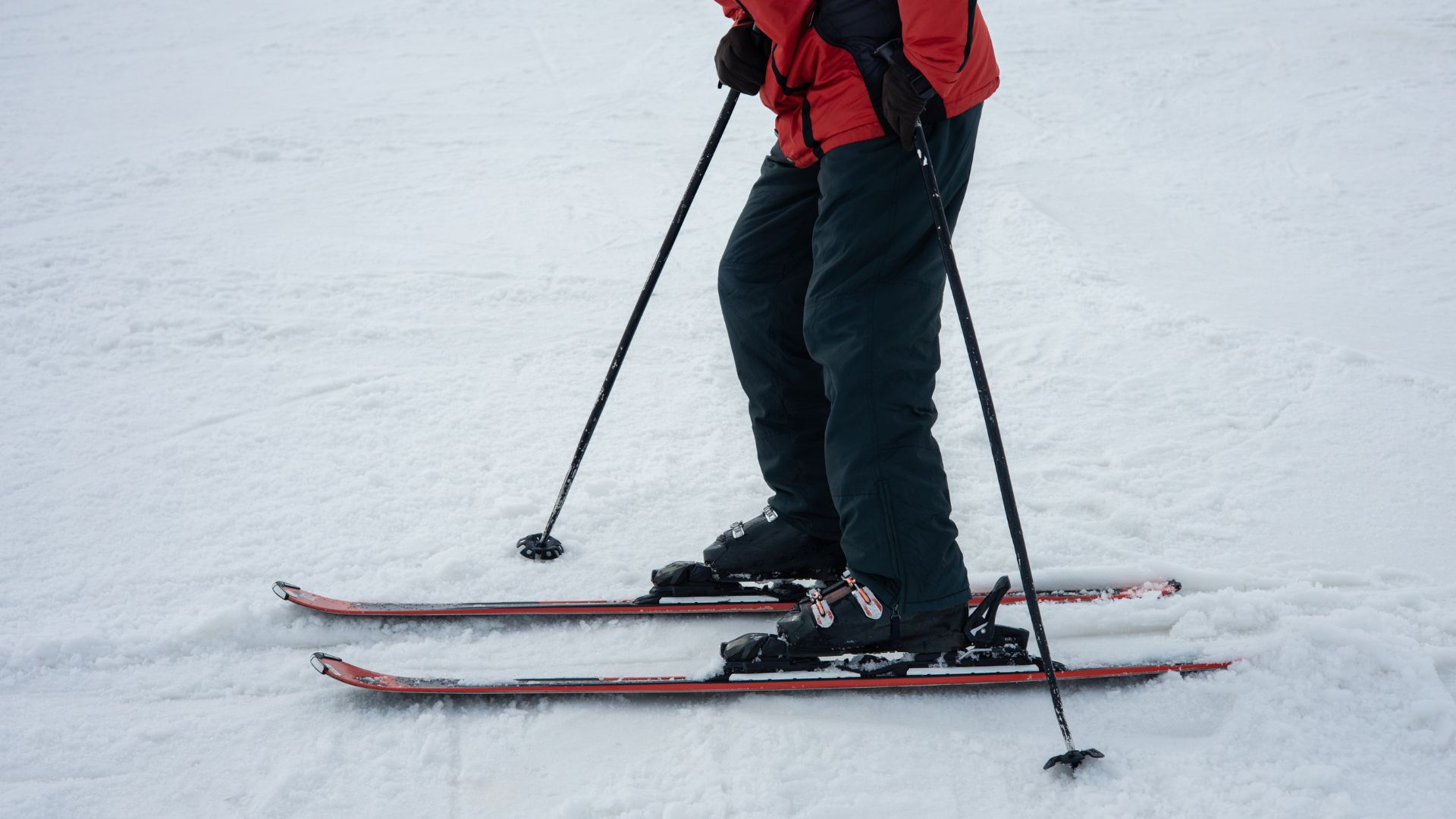
How to Parallel Ski: Master the Essential Technique
If you’ve ever admired experienced skiers gliding effortlessly down a slope, both skis perfectly aligned,...
read More